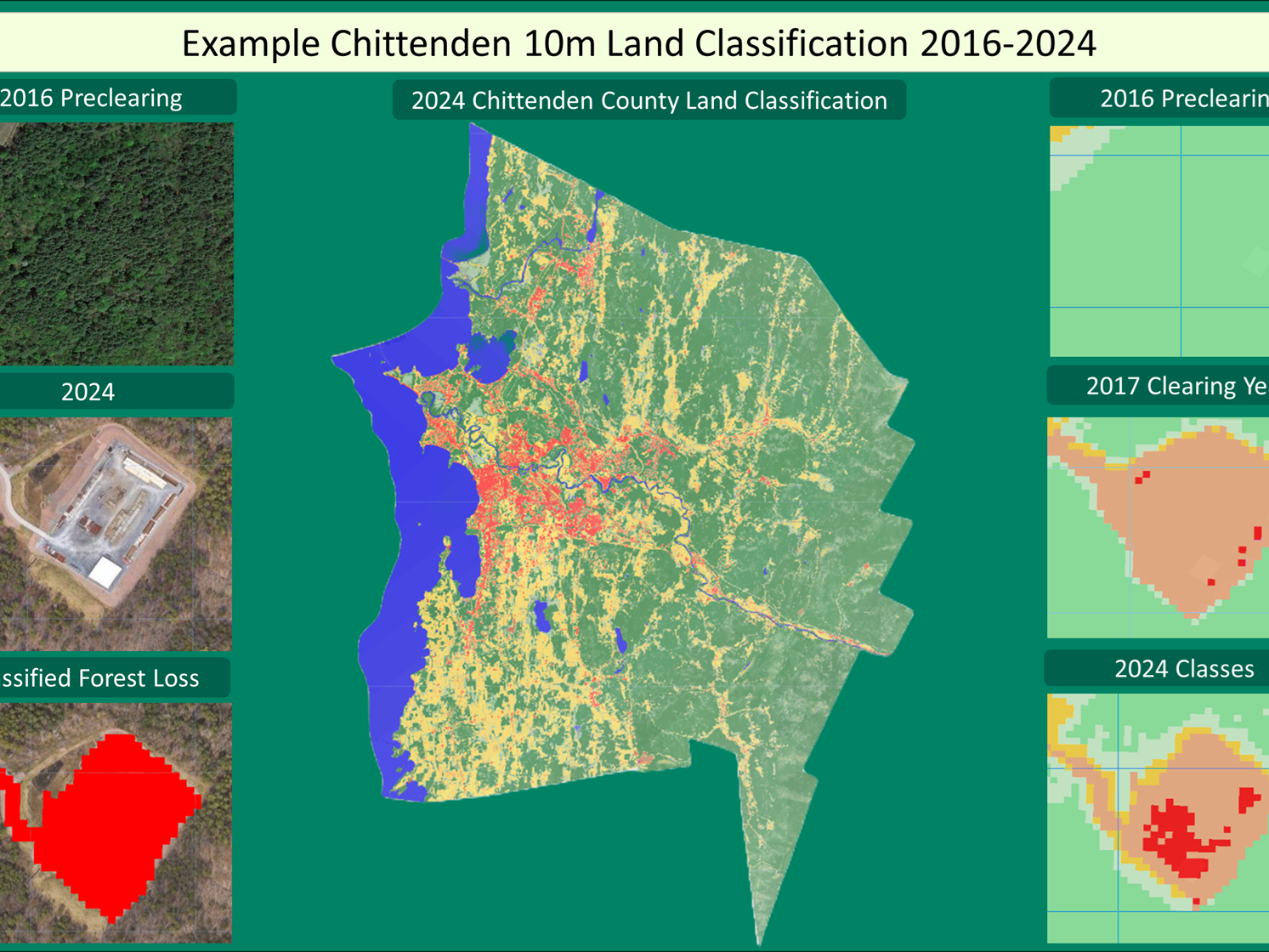An exploration into variable influence on wind-induced mortality in pre-commercial (PCT) and commercially (CT) thinned red spruce (Picea rubens) balsam fir (Abies balsamea) stands.



Officially established in 2000 The purpose of the experiment was to examine thinning responses in Maine spruce-fir stands. PCT thinning followed by CT (15-19 years later). This resulted in more than 18 years of post-treatment data. More than 13000 individuals were repeatedly measured, resulting in 150 thousand unique observations.
Goals:
To better quantify the relationship between wind-induced mortality and thinning prescriptions common in managing the red spruce (Picea rubens) and balsam fir (Abies balsamea) stands of Maine.
Using wind vulnerability modeling, the various impacts of PCT and CT on stand risk of wind mortality can be analyzed.
Examination of how known predominant factors related to wind mortality (Mitchell, 1995) could possibly explain any difference in mortality rates across study sites and treatments.
Overview of Workflow
Modeling Architecture:
The resulting work utilized machine learning and statistical modeling to determine the 4 most influential site factors in predicting individual tree mortality.
Results:
The four most influential site factors in predicting Wind Induced Mortality in precommercial and commercially thinned spruce-fir forests were: Topographic Index, Soil Water Holding Capacity, Depth to Water Table, and Depth to of Fine Rooting.
Tools employed:
Machine Learning - Variable Selection through Random Forest (VSURF)
Statistical Modeling - Logistical mixed-effects modeling






